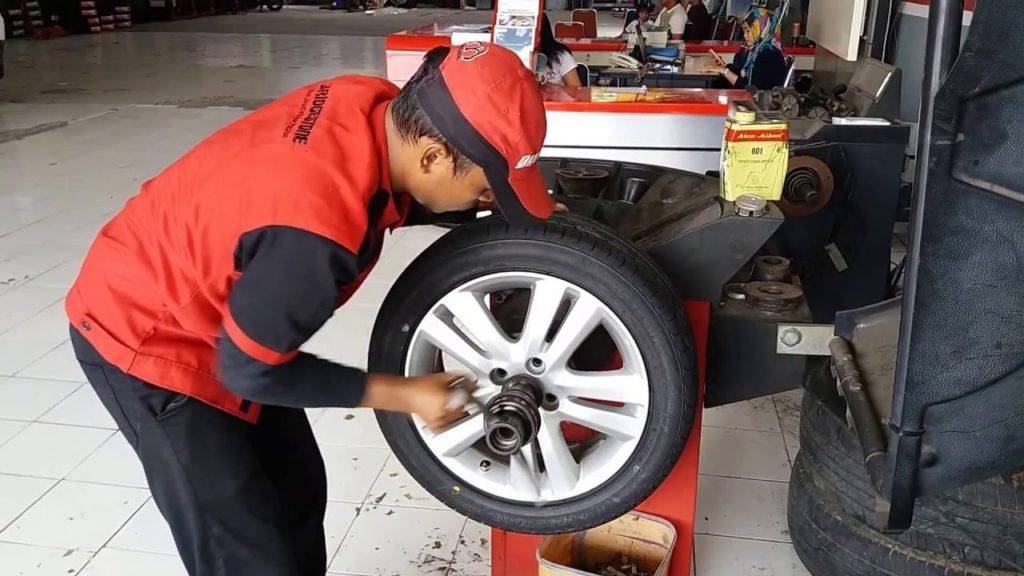The Drive and its partners may earn a commission if you purchase a product through one of our links. Read more.
If I am rubber, and you are glue, I can do burnouts, and you can’t. *sticks tongue out*
Childish sayings aside, burnouts are one of those things you can love and hate at the same time. They might be fun to do, but you also understand why they have a negative reputation—and why Mustangs are the cliche car associated with the term...
In the right situation, burnouts do have a genuinely real purpose, but that situation is not a busy street or a packed Walmart parking lot. Everybody deserves to try it at least once, and we’d like to help you figure out the proper time and place to do it.
Unsure how it works? The Drive’s smokey editors will tell you how and when to let the clutch fly. Let’s get to it!
Before we get into any of this, we need to drop some disclaimers on you.
Only attempt burnouts under the supervision of professionals in controlled areas where it is legal. The Drive is not responsible for any damage, accidents, or any legal consequences you may encounter. Likewise:
Burnouts are illegal in virtually all places.
Burnouts can be dangerous.
Burnouts can ruin car parts.
Burnout can result in redlining and hurt your car’s engine.
Burnouts are loud and annoying to most people.
Burnouts are bad for the environment and your health when smoke is injested.
Burnouts mark up the pavement.
S, R, and T are the only letters left after the burnouts burnout., FCABurnout is the act of spinning your car’s wheels while staying in place, at least initially. The friction of the rubber spinning on pavement produces showy billows of smoke.
Burnouts should not be taken lightly.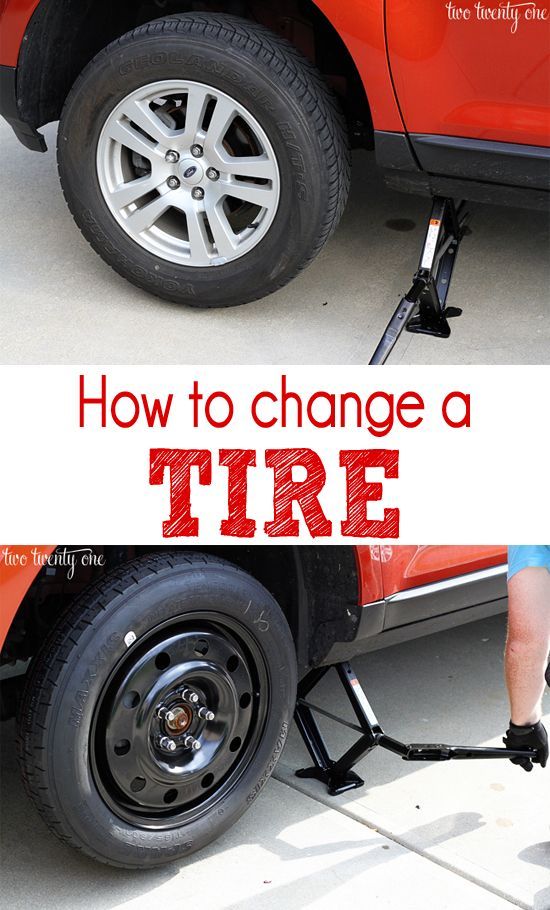 Heed these precautions if you’re going to attempt burnouts.
Heed these precautions if you’re going to attempt burnouts.
Attempting a burnout for the first time at an auto show or in some other busy parking lot is the worst possible thing you can do, and you might do some damage to your car and/or others. With a professional on hand, go to a completely empty lot with scarce light poles, and practice doing them with no people or cars around you.
If you smell something other than burnt rubber, it might be your clutch. Back off and let it cool down before attempting again. You might not be lifting off the clutch fast enough, and you never want to ride the clutch.
Everybody has seen the videos of a burnout turning into an accident that caused tens of thousands of dollars of damage. Never attempt burnouts near poles, walls, curbs, islands, parking barriers, or anything else your car could run into.
Never attempt burnouts near poles, walls, curbs, islands, parking barriers, or anything else your car could run into.
Anytime somebody does a burnout, there are risks of flying road debris, flying broken parts, and rogue Ford Mustangs. Keep your distance if you’re watching one, and make sure nobody is around if you’re doing one.
Because life is about the little things that make you happy. It’s crucial to find the small Ws that put a smile on your face, even if it comes with a minor cost. That’s why we’re all here to talk about cars, right?
In drag racing, there is a real purpose for burnouts.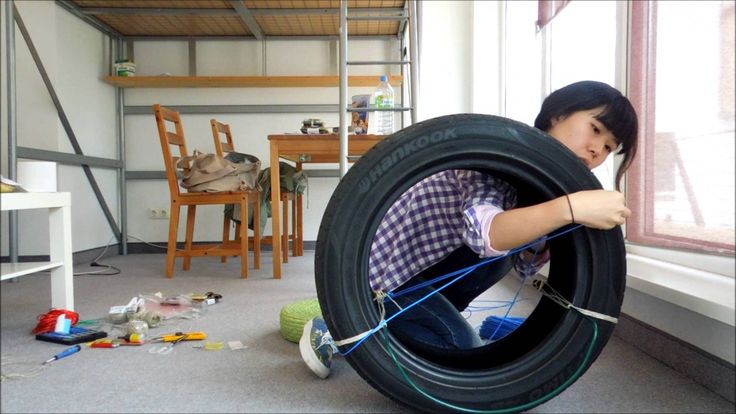 Cold tires have less grip and make for slower launches. So, drag racers usually spin the tires a bit to warm them up. Warmed up, they can grip the road better. This also helps clear the tire of any debris before entering the race.
Cold tires have less grip and make for slower launches. So, drag racers usually spin the tires a bit to warm them up. Warmed up, they can grip the road better. This also helps clear the tire of any debris before entering the race.
If you can use a clutch, you can do a burnout.
 Just be careful not to get too close to redline.
Just be careful not to get too close to redline.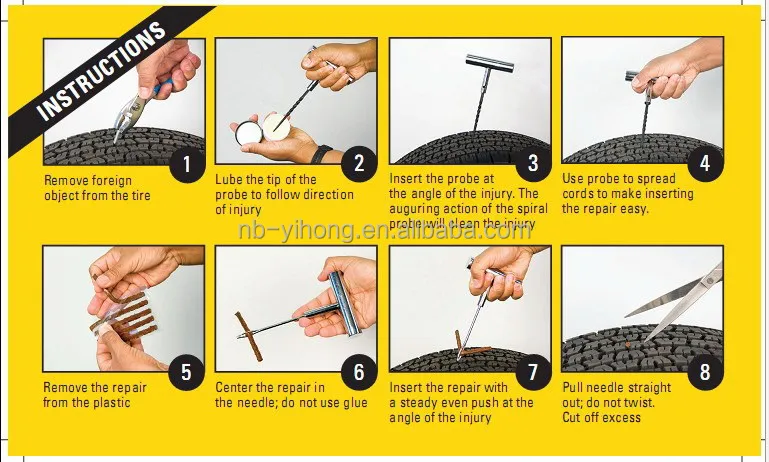
Automatics can do it too!
 , FCA
, FCAYou’ve got questions, The Drive has answers!
A. Yes. In addition to shredding precious tire tread and brake pads, you are also putting a lot of stress on the engine, drivetrain components, and everything else in your car that wasn’t designed to do extended burnouts in place.
A. Burnouts are illegal in virtually all public places.
A. Any car with a lot of power, a manual transmission, and rear wheel drive.
Any car with a lot of power, a manual transmission, and rear wheel drive.
A. They can! At the end of the day, burnout is achieved by using the throttle and the brakes at the same time, so you’re trying to stop something that’s spinning very fast. That’s going to wear your brakes.
A. This will depend on the car, the tire, the driver, the location, and numerous other factors. Read more in our guide, How Long Do Tires Last and When Should I Replace Them?
A. Hold the gas and the brake, which should be the left and right triggers. On computers, use W and S.
On computers, use W and S.
We’re here to be expert guides in everything How-To related. Use us, compliment us, yell at us. Comment below and let’s talk! You can also shout at us on Twitter or Instagram, here are our profiles.
Jonathon Klein: Twitter (@jonathon.klein), Instagram (@jonathon_klein)
Tony Markovich: Twitter (@T_Marko), Instagram (@t_marko)
Chris Teague: Twitter (@TeagueDrives), Instagram (@TeagueDrives)
Adam's Professional Car Wheel Cleaner Spray & Brake Dust Remover
Campbell Hausfeld Air Compressor With Recoil Air Hose and Inflation Kit
California Air Tools Aluminum Tank Air Compressor
AstroAI Air Compressor Tire Inflator Portable Air Pump
Meguiar's Endurance Tire Gel
Right off the bat, we're going to enter Pedantic Mode. We're really talking more about a brake stand than a burnout here. Yes, there's a difference and it involves how much tire destruction takes place. A burnout is all throttle induced, while a brake stand keeps you in place while the rear tires kill themselves for your enjoyment. Both are silly, childish, largely unnecessary, and tons of fun.
We're really talking more about a brake stand than a burnout here. Yes, there's a difference and it involves how much tire destruction takes place. A burnout is all throttle induced, while a brake stand keeps you in place while the rear tires kill themselves for your enjoyment. Both are silly, childish, largely unnecessary, and tons of fun.
With that bit of pedantry out of the way, we're going to let Engineering Explained fill you in on how to get those rear tires actively working to become smoke when you're in a car with a manual gearbox.
ALSO SEE: See how hot a burnout gets through a thermal camera
You would think this would be a simple process, and you're right. However, some folks can't wrap their heads around the idea of a brake stand or burnout in a car with a manual transmission. When your car has an automatic transmission, it's as simple as mashing both the brake and throttle pedals at the same time. You then modulate the brake to get wheelspin to occur and you can hold that brake stand as long as you'd like or roll out of it and on into a burnout.
With a manual, you have to operate a clutch to engage forward momentum and that means you can't use the same method. It's close, though. To initiate the brake stand in this case, you'll start in first gear, rev up the engine with the throttle pedal, and then pop off the clutch. Move your clutch foot over to the brake pedal very quickly, and now you're in the same situation as you were when attempting this in a car with an automatic transmission.
DON'T MISS: Thermal camera shows how hot brake rotors get during use
You can use that brake pedal to keep the car in place while you destroy your tires, or you can slowly roll away while producing beautiful clouds of smoke as a salute to the glory that is rear-wheel drive.
But let's rewind. We said this whole process is largely unnecessary. There is a reason to do a burnout or a brake stand and that involves drag racing. It comes down to the fact that warmer or hotter tires grip better. In this video, our host Jason Fenske uses a FLIR thermal imaging camera to measure the temperature of the tires on his Honda S2000 before, after, and during the burnouts and brake stands. It show vast swings in temperature that would help a drag car grip better and therefore post faster elapsed times.
It show vast swings in temperature that would help a drag car grip better and therefore post faster elapsed times.
If you're doing a burnout or brake stand on the street, however, it's probably rather sophomoric, no matter how fun it is.
January 10, 2023
2024 Ford F-150 spy shots
January 12, 2023
Carroll Shelby's 1968 Ford Mustang Black Hornet headed to auction
January 10, 2023
2024 Porsche 911, rotary engine's return: Car News Headlines
January 9, 2023
“Black Ghost” 1970 Dodge Challenger R/T SE heads to auction
January 13, 2023
More than one third of Lincoln's dealerships say "no thanks" to brand's electric future
January 11, 2023
2024 Jaguar F-Type marks end of the road for svelte sports car
January 13, 2023
Test drive review: 2023 Genesis G90 shows BMW a pretty face
January 9, 2023
2024 Mercedes-Benz EQA spy shots
January 9, 2023
Lightyear 2 EV teased with starting price in $40,000 bracket
As you know, manual transmission vehicles are usually much cheaper than automatic transmission vehicles. But besides saving at the start and in operation, this box can open other facets of driving a car for you. nine0019
But besides saving at the start and in operation, this box can open other facets of driving a car for you. nine0019
Of course, most iconic sports cars, both new and legendary, are still equipped with mechanics as well. But even in the case of a car with minimal power, the presence of mechanics can significantly reduce your budget for the maintenance and operation of an iron horse.
Let's go over some facts!
Mechanics require the driver to independently shift gears in the car, and, in order to understand the mechanism itself, we will try to talk about it briefly:
-Clutch
Gear box mechanism that, by pressing the appropriate pedal, allows you to change gears in random order at any time. The main thing is to squeeze and release the pedal to the end at the moments of switching.
-Neutral
When the box is put into this gear, which, by the way, is not marked in any way, the torque is not transmitted anywhere, and, accordingly, the car does not move. If the car is in neutral, you can turn on any gear, including reverse. nine0019
If the car is in neutral, you can turn on any gear, including reverse. nine0019
The most popular gear for vehicles equipped with mechanics and operated in urban areas is, of course, the second. It is on it that you will “push” in traffic jams, go down the hills and keep the speed limit on the city streets. Yes, there is also the first one, but, alas, it is intended only to start the movement due to its brevity.
-Reverse
Reverse gear has a fairly large range of operation, and some motorists claim that even it can be accelerated very quickly. But usually reverse gears do not like continuous operation, because this can lead to breakdowns of the gearbox mechanism as a whole. nine0019
The gas pedal, by the way, in a manual gearbox allows you to use each gear to the maximum. You can talk a lot about the fact that it is on the mechanics that you will feel every gear, speed in general and better control the car, but everyone will have their own opinion, and we have a different goal for today.
The best way to speed up your familiarity with the mechanics of your car is to memorize the order of movement of the gearshift lever. Yes, most of the levers are marked accordingly, but it can be wiped off, and it will not always work to look in motion. Try to sit for half an hour without moving, working only with a lever. Yes, check how the reverse gear is engaged and do not forget about the clutch pedal, otherwise each shift will be accompanied by a rattle or crunch. This is bad, and, in the future, will cost some money. By the way, about switching: if you are a novice driver, ask an experienced friend to give you a ride in your car and pay attention to the switching process, the speed at which it will switch. nine0019
In fact, even if you remember from the first time what and how it turns on, the thought will spin in your head: “Did I do the right thing?”. Relax - it will disappear from your head with experience, and over time you will stop paying at least some percentage of attention to it.
If you missed a course of lectures at a driving school, well, or they didn’t tell you about it, referring to the fact that you will buy a machine anyway, let's go over this moment. At first, there are only 2 rules that you need to remember. nine0019
If the car refuses to accelerate, and the engine speed is nowhere lower, and the car almost wants to stall, you have switched on too high a gear. For example - the third instead of the first. Switch below.
If the situation is reversed, and the engine literally screams, increase the gear. Unload the box and let the engine rest.
If you are a more experienced driver, and you can switch your eyes from the road to the instruments (and, believe me, there are some comrades who find it difficult to do this), then look at the tachometer. As soon as the engine reaches 3000 rpm, we switch higher. And vice versa: we fall to a thousand - we switch lower. It can be useless to focus on speed, because each car has its own shift speed.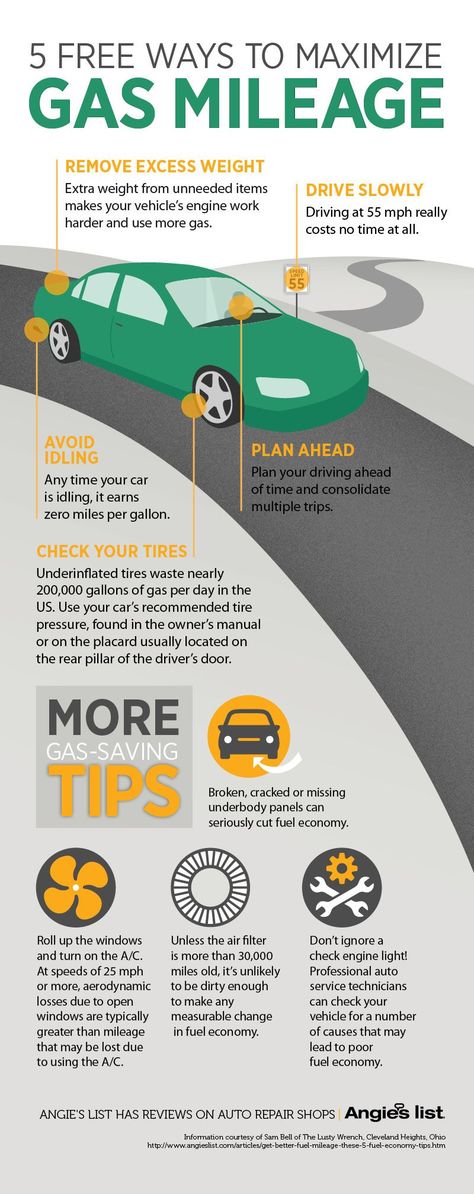 It is enough for someone to switch every 25 km / h, while for someone the first one can end at 60. Better the old fashioned way. nine0019
It is enough for someone to switch every 25 km / h, while for someone the first one can end at 60. Better the old fashioned way. nine0019
Well, we read about the theory, it's time to start the movement. The best way to check the neutral gear is to shake the lever to the right and to the left. Convinced? Clutch to the floor and run. Yes, it works even if you don't have a key in your car. Only with the pedal depressed. And why? Yes, because even if you left the car in gear and forgot about it, the clutch pedal will save you from starting to move. The car will start, but as soon as you release the pedal, it will either drive or stall. By the way, in winter it is better to hold the pedal after starting for about a minute, so the oil in the box will warm up faster. nine0019
As we said before, the clutch is your assistant when shifting gears, savior when starting the engine and more. However, remember that only the left foot works with the pedal.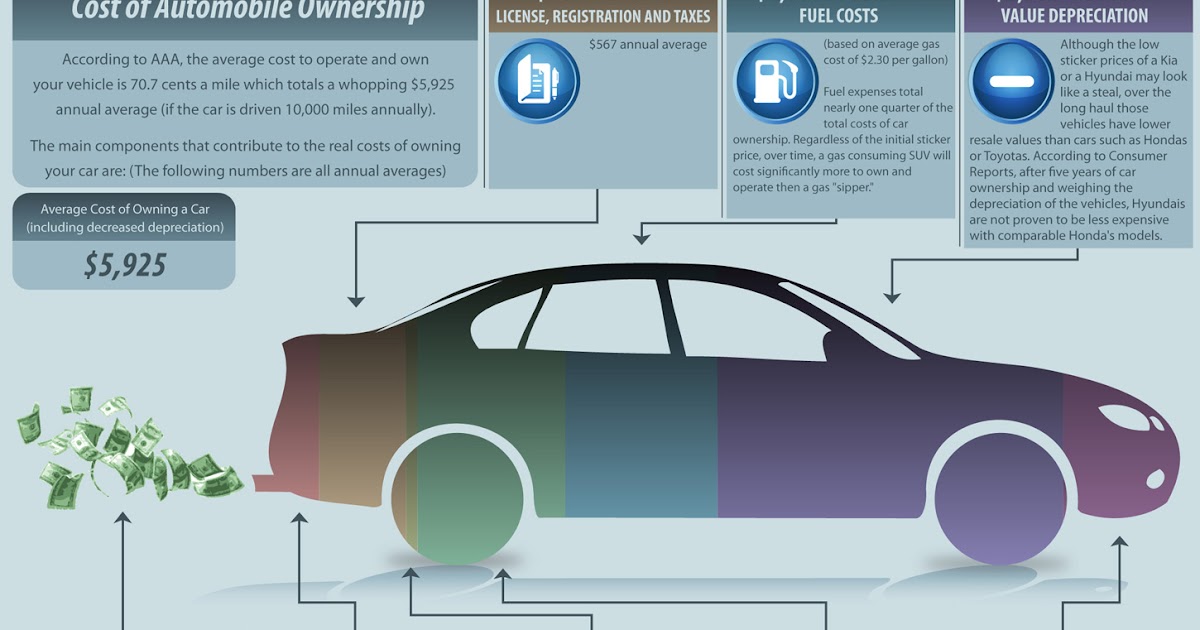 That leg doesn't go anywhere else.
That leg doesn't go anywhere else.
By the way, I wouldn't recommend holding the clutch in at traffic lights or in traffic jams. Better at first, the neutral + handbrake combination, because the pedal is really tight, and, at first, this can lead to an offensive accident. nine0019
Now, since you already roughly understand how to act and are ready to slightly open the door to the world of drive, acceleration and other advertising slogans, we land back and remember about coordination and coherence.
It is necessary once again (yes, you heard and did it very well in a driving school) to drive in memory the procedure for changing gears. Depress the clutch pedal to the end. Switch the gear knob to first gear. Start slowly releasing the clutch pedal while gently and slowly depressing the gas pedal. By pressing the clutch pedal somewhere to the middle, you will feel that the torque has begun to be fully transmitted to the wheels.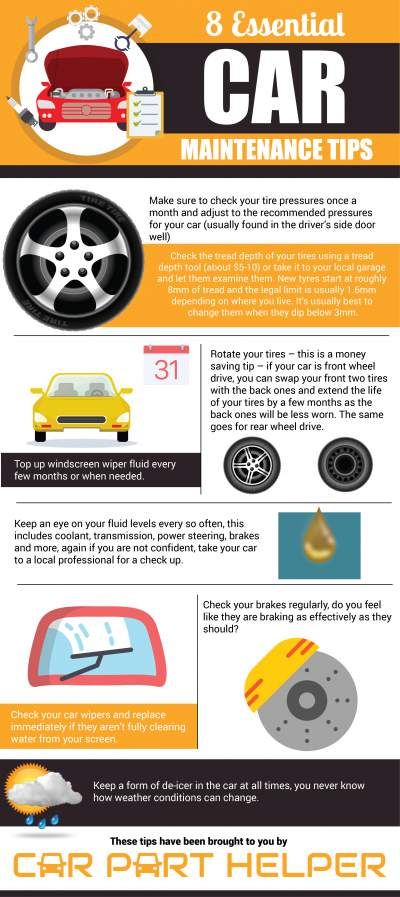 Slowly releasing the clutch pedal to the end, accelerate to 25 km / h. Next, you need to switch to second gear. To do this, again squeeze the clutch to the end and shift the speed to second gear, then slowly, lowering the clutch pedal, slowly add gas. It is better to practice this more often, because when entering a hill, incorrect pedaling can cause your car to roll back, and then you will become a surprise for another motorist. Well, or panic and throw the clutch. Then your horse can “bite” the one already in front. Agree, not pleasant. nine0019
Slowly releasing the clutch pedal to the end, accelerate to 25 km / h. Next, you need to switch to second gear. To do this, again squeeze the clutch to the end and shift the speed to second gear, then slowly, lowering the clutch pedal, slowly add gas. It is better to practice this more often, because when entering a hill, incorrect pedaling can cause your car to roll back, and then you will become a surprise for another motorist. Well, or panic and throw the clutch. Then your horse can “bite” the one already in front. Agree, not pleasant. nine0019
Sometimes this concept is called downshifting and it helps not only to slow down the car, but also allows you to turn on exactly the speed that is really needed. This concept helps you in bad slippery weather, both in summer and in winter, not to resort to braking with the brake pedal, in case you need to slow down, which makes it safer to drive a car, unlike a car equipped with automatic transmission. nine0019
nine0019
From the point of view of mechanics, it looks like that braking, in addition to pressing the brake pedal, is also carried out by shifting gears down. The right foot works only with the brake pedal, and the left foot only with the clutch, gently releasing the pedal to avoid a sharp transmission of torque.
In fact, it is only in words scary and incomprehensible. Once you get used to it, and any car from an archaic truck to a modern sports car will become available to you.
Yes, at some points a manual reduces driving comfort a little, but you will be rewarded with much more control over the car, more power, better fuel efficiency, lower maintenance costs and inexpensive repairs (compared to automatic transmissions), valuable driving skills that will allow you to drive almost any vehicle in the world.
Most Russian motorists use seasonal tires. The climatic conditions in most of our vast country are such that two sets of tires are indispensable. This is necessary for safe movement at any time of the year. nine0067 Do motorists properly store the second set of tires that is waiting for its season? And what is the proper way to store tires? Let's figure it out.
The climatic conditions in most of our vast country are such that two sets of tires are indispensable. This is necessary for safe movement at any time of the year. nine0067 Do motorists properly store the second set of tires that is waiting for its season? And what is the proper way to store tires? Let's figure it out.
Car tires tend to age. Their shelf life does not exceed five years. And if you store tires in violation of the conditions, this period can be significantly reduced. Rubber should not be exposed to direct sunlight. It should not be stored near heating devices, in very dry and hot rooms. At the same time, severe frosts and high humidity are also contraindicated for tires, as are sudden changes in temperature. Exposure to tires aggressive to rubber substances is unacceptable: gasoline, thinner, engine oil, various chemicals. It is undesirable to get on the tires of exhaust gases. It is very important that the tires are not subjected to long-term deformation during storage. nine0019
Rubber, from which tires are made, under the influence of the rays of the sun, high temperatures, very low humidity, as well as severe frosts and sudden changes in temperature, ages, "dubes" and cracks. Such a tire loses its characteristics and you can forget about its further operation. First of all, this applies to winter tires, the peculiarity of which is a particularly soft composition of the rubber compound. If such a tire has grown old, its most important winter properties will decrease sharply. nine0067 Contact with rubber aggressive substances leads to its destruction, up to complete failure. The consequences of storing tires in a deformed state are problems with their balancing and uneven tread wear when driving.
Before being sent to storage, tires must be prepared: thoroughly washed, cleaned of stones and other debris from the tread and be sure to dry. If wheels are stored assembled with rims, the rims should also be cleaned and washed. A common mistake is using plastic bags. It is not recommended to store tires in them. At a minimum, you need to make holes for ventilation so that condensation does not accumulate inside the bag. It is better to purchase special breathable covers. Before being sent for seasonal storage, tires can be treated with a special protective spray. nine0019
There are three methods for storing tires: stacking them, placing them on edge, or hanging them. How to properly store tires without discs? Only vertically! And it is advisable to rotate the tires once a month. In a horizontal position - in a stack, it is not recommended to store tires without disks. Moreover, you can not hang them. This will deform the tires.
In this case, the storage rules are different. Assembled wheels are best stored in a stack, but no more than four pieces. Storage in an upright position is acceptable, but not desirable. But it is recommended to hang the mounted wheels. It is important that the tires maintain working pressure. nine0019
Of course, where conditions allow for maximum safety. Each owner decides for himself the choice of storage space. For tire safety, this is a very important choice. Let's take a look at some storage options. But first, we remind you that tires cannot be stored on a dirty, wet or cold floor. The best way to store is on a rack.
Can tires be stored on the balcony? Of course, if it is glazed, and even better - insulated. A cold, windswept, rain-filled and snow-covered balcony is not the best warehouse for tires. Be sure to cover the tires from the sun, especially in summer. nine0019
The same case as with the balcony! If the garage is insulated and well ventilated, then this is far from the worst place to store tires.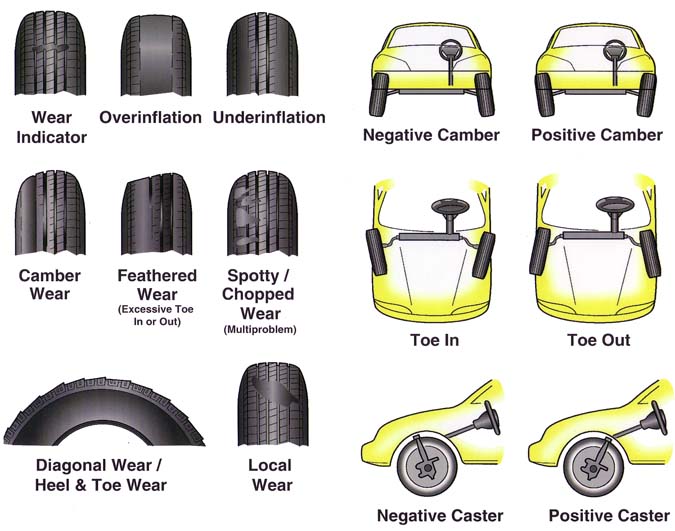 In the simplest metal box, it is difficult to observe the temperature regime. In summer - heat, in winter - frost, in winter and autumn - high humidity. Such a garage can only protect tires from the sun. When storing in a garage, it is important to avoid contact of rubber with aggressive substances that are stored there.
In the simplest metal box, it is difficult to observe the temperature regime. In summer - heat, in winter - frost, in winter and autumn - high humidity. Such a garage can only protect tires from the sun. When storing in a garage, it is important to avoid contact of rubber with aggressive substances that are stored there.
If such a room is warm and dry, then this is the best place to store tires. Of course, you should not store tires in a damp underground or in a pantry next to a radiator.
Here, your tires will be stored in a specially equipped room where optimal humidity and temperature are maintained, on racks specially adapted for tire storage. Of course, such a service costs money, but at the same time, the maximum safety of the rubber is ensured. Often, those who order the storage service are offered discounts on mounting and balancing wheels. nine0019
Sometimes you have to store tires on ... a car. When the car is not used in winter or if the driver, for some reason, does not use the car for a long time. The best option is to raise the car on special stands, removing the load from the tires. If this is not possible, it is advisable to increase the pressure in the tires and roll the car from time to time to avoid deformation of the tires.
As we have already said, it is unacceptable to store tires on the street, in direct sunlight, in a hot or damp room, next to heating devices. It is forbidden to store tires in public places, no matter how attractive they look: corridors of apartment buildings, stairwells, attics. Not only does this interfere with neighbors, but it also contradicts fire safety rules. It is hardly worth storing rubber in an apartment if there is no separate room - pantry
Is there a difference in the rules for storing winter and summer tires? There are no fundamental differences here.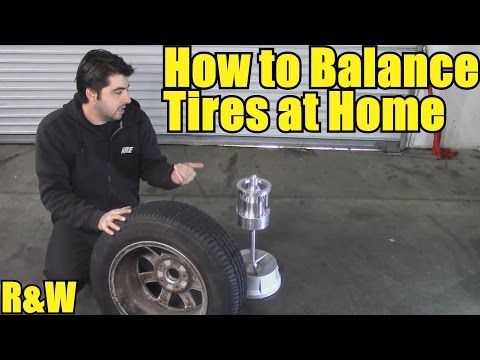 Winter tires should be washed more thoroughly. After all, they are contaminated with special anti-icing reagents that adversely affect rubber. Even winter tires should be especially carefully covered from the sun and high temperatures in order to slow down the aging of the rubber and maintain the performance of the tires.
Winter tires should be washed more thoroughly. After all, they are contaminated with special anti-icing reagents that adversely affect rubber. Even winter tires should be especially carefully covered from the sun and high temperatures in order to slow down the aging of the rubber and maintain the performance of the tires.
So, tires before storage must be cleaned, washed and dried, treated with a protective compound. They must be stored in a dry place without sudden changes in temperature. For storage, use shelves or racks. It is important to protect rubber from exposure to sunlight. It is better to use special covers for storage, rather than plastic bags.
We hope that in this short article we have given a detailed answer to the question of how to properly store tires. If you follow a few basic tips and follow the storage rules, the tires will be in excellent condition, retain their performance and the car owner will not have to spend money on a new set of tires ahead of time.